|
A group of 13 guild members enjoyed a fun day learning how to pound and trap flowers. Linda started the day by demonstrating the procedure and explaining that some flowers and leaves were more successful than others. We soon learnt how important it was to have moisture-free flowers and leaves and to make the flower as flat as possible by cutting the back off and any stamens in the centre. We experimented on a small piece of cotton by tapping the chosen petal or leaf from the reverse with a small hammer and then progressed to creating a display sampler. Linda encouraged us to write the name of the plant for future reference. In the afternoon we progressed to trapping flowers. This is done by trapping the flowers and leaves in a layered web sandwich. Cotton or card can be used as a base and piece of synthetic chiffon tops the work. The sandwich was then ironed to heat the webbing. This procedure seals the flowers in place and therefore the colours do not fade. Below are photos showing our work. Thank you again to Linda for a most enjoyable and informative day. Ros
0 Comments
 For our September meeting, Linda Rudkin talked to the group about “colours from nature”. After she retired as an English teacher Linda visited the Bayeux Tapestry and was amazed by the soft rich vibrant colours bearing in mind the age of the embroidery. She soon realised at that time they only had plants to use for dyes so she started researching the topic and created a number of display boards. She produced a board for each plant showing the dyeing samples for wools, cottons & silks. In addition to varying the materials and threads, she used different mordents (fixing agents). Having produced 62 different display boards, publishers A & C Black commissioned her to write a book. The natural dyes included white & red onion, carrot tops, blackberries, coreopsis, comfrey and wode which she grows from seed. She only dyes what she can get in a saucepan and has found that the colours mellow with age. Fresh, frozen or dried plants can be used so she can work when convenient. 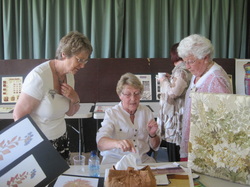 Linda explained the dyeing procedure and ended her talk by showing us various pictures some of which had been quilted and embroidered, and cushion covers which she had made. We did enjoy your talk, Linda and a group of us look forward to attending your workshop on Tuesday to learn how to pound and trap flowers. Our next meeting will be at 14:00 on Monday 7 October when we will be holding our AGM and Guild member Christine Seager’s talk will be entitled “It’s not enough to make a blouse!” Doors open at 13:30.
Ros |
AuthorInformation in this blog is provided by branch members who have attended the meeting, workshop or event. Categories
All
Archives
October 2017
|
|
Marlborough & District Branch is a member of the Embroiderers' Guild, the UK's leading crafts association
* The Embroiderers' Guild website -https://embroiderersguild.com/ * The Guild Facebook page - https://www.facebook.com/embroiderersguild/ * The Guild Pinterest pages - https://uk.pinterest.com/theembroiderers/ |
design by chrisse
|
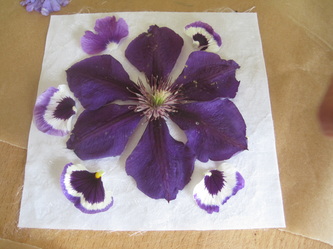

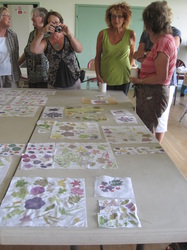
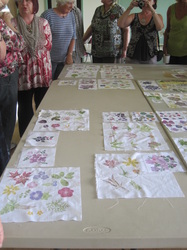

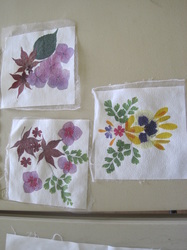
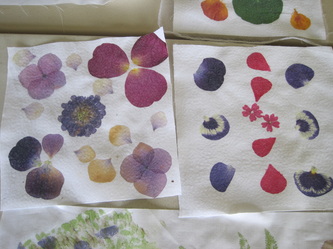
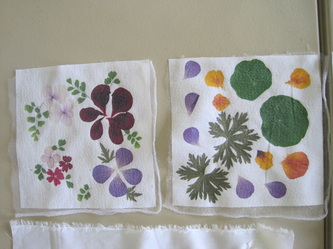
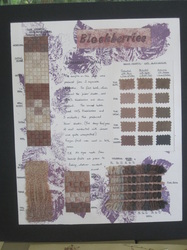
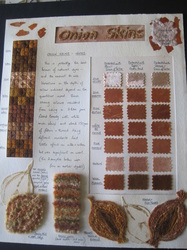
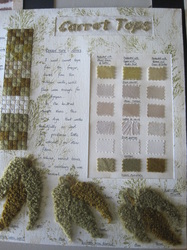
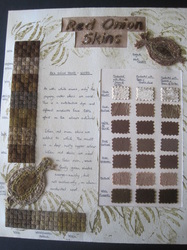
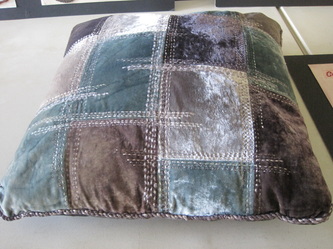
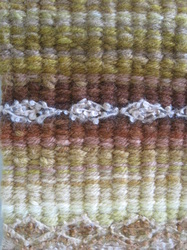
 RSS Feed
RSS Feed
